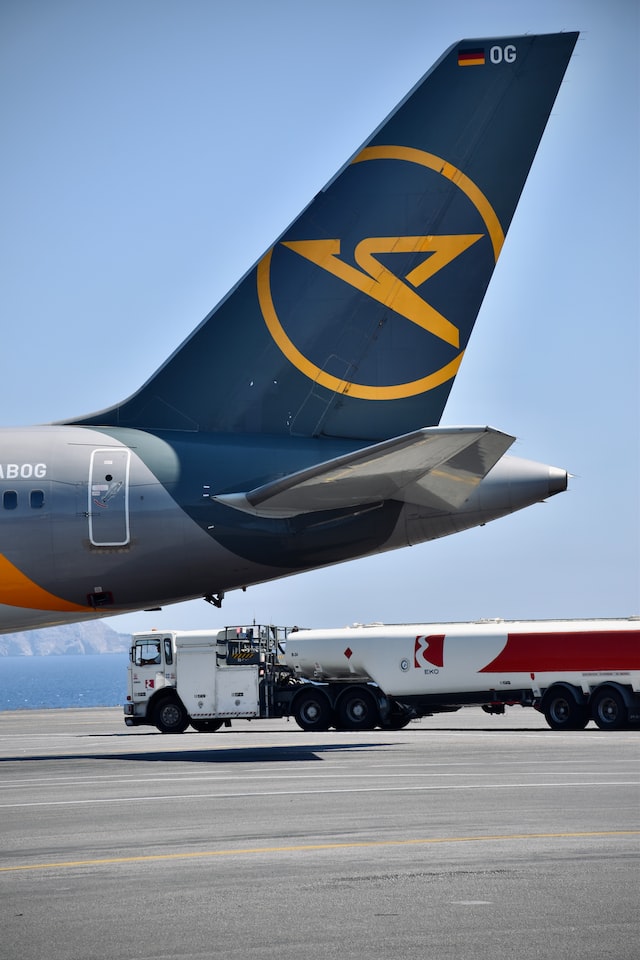Hello, it’s spring break season before the new school year.
At this time of year, it is very clear that there are people visiting airports for various reasons.
There are various reasons such as employment, higher education, or transfer, etc. At local airports, I am moved by the scene of students crying as they see off their teachers who have finished their terms of service and are about to be transferred to other companies.
There are not many other places where you can see scenes like this.
Assumptions on how to determine the fuel load of an airplane.
Now this time, as a pilot, I often think about fuel.
Before we get into airplanes, let’s replace the familiar car fuel (gasoline).
For example, when you travel from Tokyo to Nagoya, do you have a specific amount of gasoline needed?
It may be enough to refuel on the way, or it may be more expensive to refuel on the expressway, so you may want to fill up the tank.
that is because the car is always on the ground and can stop, right?
Returning to airplanes, it is obvious that once an airplane takes off, it cannot stop.
In other words, it is not enough to say that there was not enough fuel before landing at the destination or arriving at the destination.
So when pilots submit their flight plans prior to departure, they consider the amount of fuel loading required to land.
Minimum on-board fuel requirement is set by law.
In fact, when flying an airplane, the minimum fuel requirement is firmly stipulated in Article 63 of the Civil Aeronautics Law, Article 153 of the Enforcement Regulations, and a public notice.

Although the article is written in a difficult manner, a brief summary of the minimum fuel requirements can be divided into six categories.
1.Burn-off fuel
This is the fuel from takeoff to landing at the destination.
2.Taxi fuel
This fuel is used until takeoff and after landing to run on the ground to the tarmac.
3.Alternate fuel
This is the fuel to make the approach and return at the destination airfield and land at the alternate airfield.
4.Reserve fuel
Spare fuel for holding (standby) at 1500ft.
5.Contingency fuel
The greater of 5% of Burn-off fuel or the amount of fuel that can hold for 5 minutes at 1500ft above the destination, which is the amount of fuel for unforeseen circumstances.
*An amount equal to 3% if the air carrier specifies it in its operating rules.
To see the official text, click here.
6.Additional fuel
The amount of fuel required to land at the nearest airfield in the event of one engine failure or loss of pressurization at ETP (halfway between departure and destination) and the amount of fuel required for a 15 minute holding at 1500ft above the airfield, which must be added when the amount of fuel from 1~5 above is not sufficient. Fuel.
The above is the minimum amount of fuel that must be installed, also called “Required fuel
Fuel that reflects the will of the pilot
The above explanation is the minimum amount of fuel that must be carried legally, so the pilot’s intention is irrelevant.
This does not mean that pilots do not have to think about fuel.
If there are cumulonimbus clouds on the route, if there are expected turbulence at cruising altitude, or if the weather at the destination is likely to deteriorate, we will try to solve the problem by adding a little extra fuel.
The name for the fuel added by the pilot at that time is called “Extra fuel.
The Japanese translation is “additional fuel,” which is not legally required, but is the amount of additional fuel that the pilot deems necessary for the operation of the aircraft.
Summary of Aircraft Fuel Loadings
How was it?
Surprisingly, I thought that only pilots think deeply about fuel quantity, so I summarized it here.
Incidentally, Korosuke is of the school of thought that gasoline is added to the car when the car’s mileage is less than 50 km.
I hope you will take a look at the other aviation-related articles I have written.



コメント